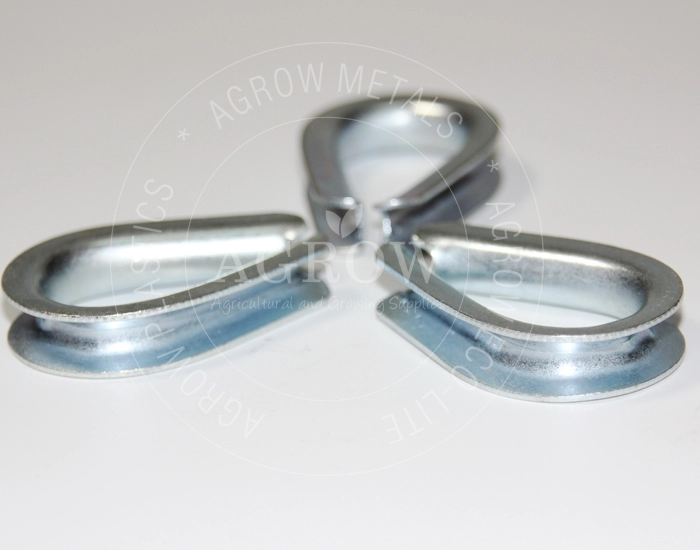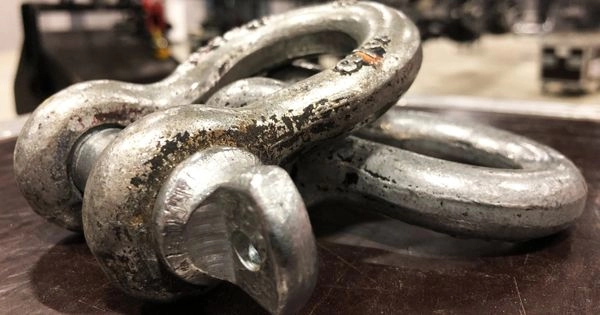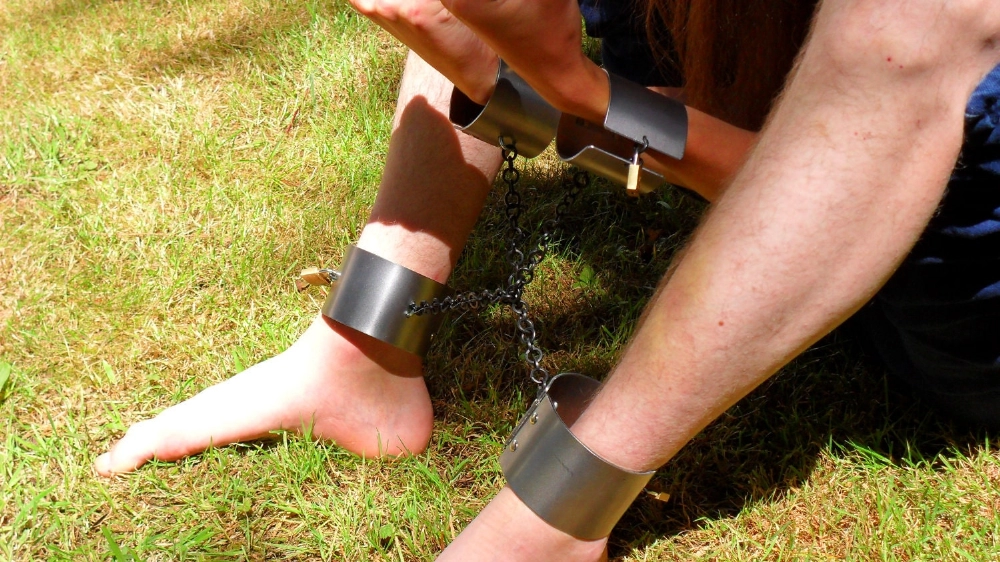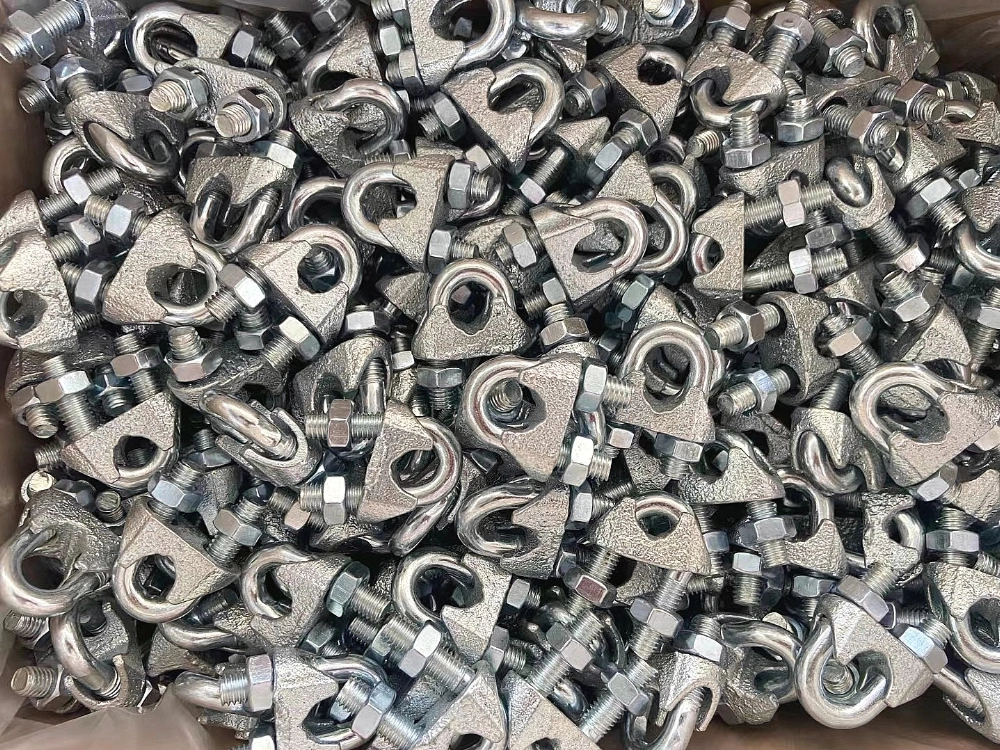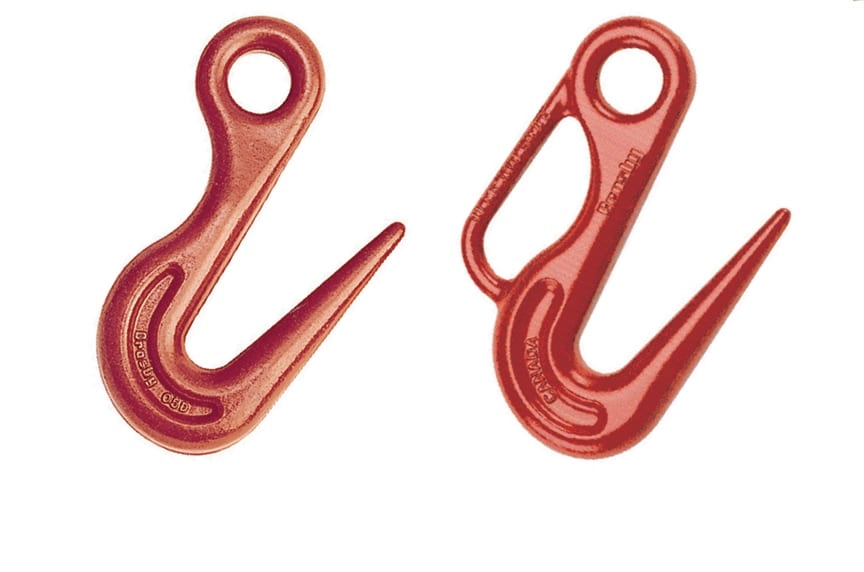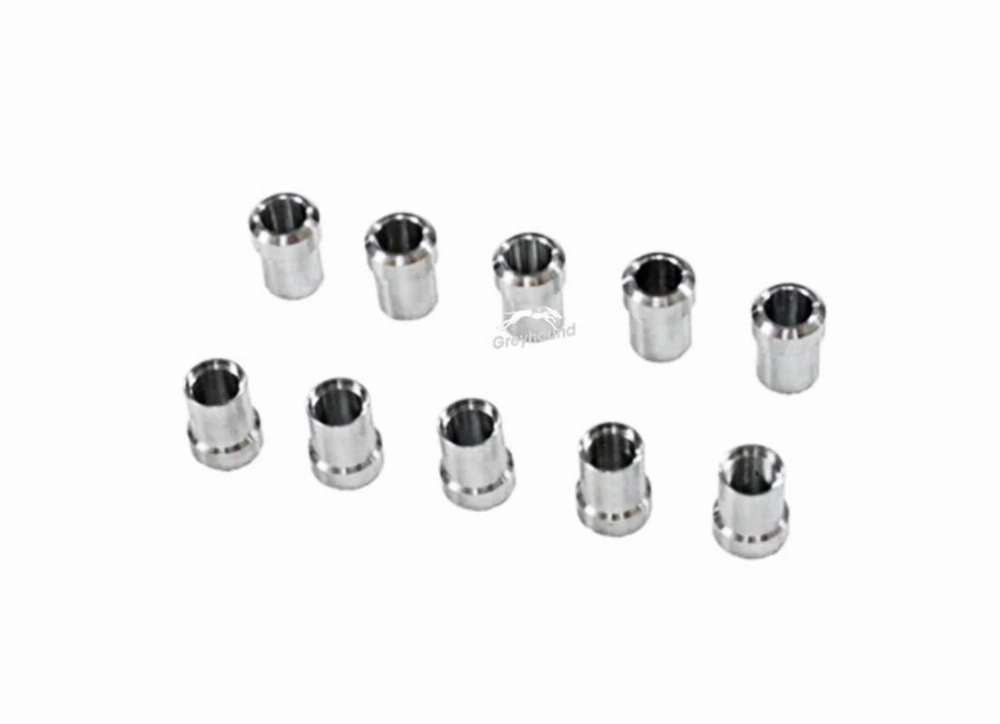Need help? Write to us info@hqlifting.com
- Charging Accessories
- Lifting accessories
- Steel Cable
- Beam cart
- Turnstile for load securing
- Load Ratchet Strap
- Lifting current
- Chain for Load Lifting
- Lifting equipment
- Slings
- Steel Cable Tensioner
- Polyester slingshot
- Load binders
- STEEL HOOK
- Steel Cable Clamp
- Electric winch
- Permanent magnets
- Steel Cable Clamp
- moitão
- Carabiners
- Screw With Eyelet
- Lifting Clamp
- Talha Manual
- Uncategorized
Call our consultants or chat online
+86 151 4514 5178
How to Install Steel Cable on the Electric Winch: Step by Step
Installing the steel cable on the electric winch correctly is essential. This ensures safety and efficiency. Errors in fastening can reduce the winch's lifespan and increase risks.
Learn how to install a steel cable on the electric winch with our clear instructions. Follow the essential steps for safe and efficient use.
This guide goes from choosing the cable to securing it on the drum. We will show how to avoid common failures. See how to make your winch work with power and safety, step by step.
Introduction to Electric Winches and Their Applications
Electric winches are essential for operations that require strength and precision. Whether for off-road adventures or industrial projects, understanding your options helps you choose the ideal model. Discover how to choose between options such as how to make an electric winch adapted to your need.
Types of electric winches available on the market
The models vary according to voltage and use:
| Type | Features | Voltage | Average Price |
|---|---|---|---|
| 12V Laptops | For vehicles (cars, trucks) | 12 volts | R$ 800.00 – R$ 1,500.00 |
| Industrials | Maximum load up to 5 tons | 220V | R$ 3,000.00+ |
| Residential | For leisure or construction | 12V/220V | R$ 400.00 – R$ 1,200.00 |
Models like the Warn M9200 ou Ramsey EVO are popular for how to make a 12v electric winch customized.
Benefits of a well-installed electric winch
- Risk reduction in heavy load operations
- Economy of up to 30% in energy consumption
- Increase of 50% in the equipment's lifespan
A professional installation prevents failures and maximizes efficiency, even in homemade versions such as how to make an electric winch adapted.
Main uses for electric winches in the United States
In the United States, tow trucks are used in:
- 4×4 Vehicles (pickup, SUVs)
- Mining and construction industries
- Boats and vessels (steering wheels and hoisting)
On farms, models like the Traxxas T-Max 12V facilitate the movement of agricultural loads.
Tools and Materials Needed for Installation
First, organize all the items you will need. You will need a Phillips screwdriver, a cutting plier, and a wrench. A cable cutter and a lubricant are also essential.
The materials you will use include a steel cable, fastening terminals, and safety clips. If you want to save money, you can use hand tools like a multifunctional plier.
It is very important to think about safety. Use non-slip gloves, safety glasses, and boots with toe protection. This equipment helps prevent accidents.
| Item | Notes |
|---|---|
| Steel cable | Check thickness recommended by the manufacturer |
| Cable cutter | Avoid non-specialized tools |
| Lubricant | Apply only to indicated points |
Make sure you have everything before you start:
- Power and hand tools
- Certified fastening materials
- PPEs in perfect condition
Choose quality parts, like Roper Whitney cables. If you have questions, check the manuals or YouTube channels.
What is the Ideal Steel Cable for Electric Winch
Choosing the right cable is crucial for the safety and durability of the winch. Before deciding, it is important to understand the differences between what is the ideal rope for an electric winch e what is the ideal cable for an electric winch. This includes the technical differences and the recommendations.
Differences between steel cables and synthetic ropes
Steel cable:
- Abrasion resistance and high weight
- Risk of corrosion in humid environments
- Suitable for heavy loads and land use
Synthetic ropes:
- Lower weight and greater flexibility
- Sensitive to cuts and high abrasion
- Recommended for nautical applications or on soft terrain
Recommended cable specifications by manufacturers
| Brand | Cabo Recomendado | Diameter (mm) | Maximum Capacity (kg) |
|---|---|---|---|
| Warn | 7×7 galvanized | 6-8 | 5000-8000 |
| Superwinch | 7×19 stainless steel | 5-7 | 3000-6000 |
How to calculate the ideal gauge for your winch
Use the formula:
Wire gauge (mm²) = (Winch Capacity × Safety Factor) / Cable Diameter
- Multiply the winch capacity by 2-3 (safety factor)
- Divide the result by the desired cable diameter
- Example: 5000 kg winch → 5000×2=10,000; divide by diameter 6mm → 1,666.67 mm²
Always consult the manufacturer's manual. This ensures compatibility with models such as those from the United States Warn ou Superwinch.
Preparation of the Electric Winch for Cable Installation
Before installing the new steel cable, it is essential to prepare the electric winch. This ensures safety and durability. It is important to properly check and remove the old cable to avoid problems.

Important checks before installation
Before starting, perform detailed inspections:
- Check the winch drum for scratches, corrosion, or deformations;
- Check the locking system to make sure it is working properly;
- Test the electric motor by turning it on at low power;
- Check the winch base fastenings to prevent them from coming loose during use.
How to properly remove an old cable
If there is an old cable, follow these steps:
- Turn off the power and remove the fuses;
- Use pliers or a screwdriver to loosen the screws holding the old cable;
- Unroll the cable slowly, releasing the tension gradually;
- Discard the damaged cable at authorized locations and check if the drum is intact.
If the wire is rusty or dirty, clean the area with a dry cloth. This way, you will be ready to install the new steel cable.
How to Properly Install Steel Cable on the Electric Winch
To install the steel cable on the electric winch, attention to detail is essential. Following the correct steps prevents damage and ensures good performance. We will show each important step:
Correct drum orientation
First, adjust the direction of the drum. Check the rotation arrow on the winch. Position the cable in the direction indicated by the arrow. The drum shaft must be aligned with the direction of the pull.
Avoid forcing the cable in the wrong direction. This may cause damage to the mechanism.
Cable fastening at the drum base
To secure the cable:
- Use specific fastening devices (such as forks or safety pins).
- Place the cable at the base of the drum and tighten the screws with the torque recommended by the manufacturer (usually 25-30 Nm).
- Visually check: the cable should be firm, without slack or slipping.
Proper winding process
Start the winding manually, without turning on the engine. Hold the cable and make even layers:
- Wrap the first layer completely before starting the second.
- Keep the tension constant to avoid overlaps.
- After finishing, turn on the winch at low speed to test the alignment.
Check the fit under load periodically to ensure durability.
Care and Maintenance of the Steel Cable
To ensure safety and durability, it is crucial to keep the steel cable always up to date. Check it weekly for broken wires, corrosion, or deformations. If you find knots or cracks, replace it immediately.
- Cleaning: Use a dry cloth or a cloth with neutral water. Avoid acidic products or solvents, as they can damage the protective layer of the cable.
- Lubrication: Apply specific grease for steel cables every 6 months. Do it evenly, without overdoing it, as too much grease attracts dust.
- Storage: Leave the winch in a dry and ventilated place when not in use. Cover it with a protective cover against moisture and weather.
| Frequency of Use | Recommended Care |
|---|---|
| Diary | Daily visual inspection + quarterly lubrication |
| Weekly | Weekly inspection + cleaning every 2 months |
| Occasional | Monthly inspection + annual lubrication |
Avoid winding the cable too tightly or exceeding the maximum capacity. When replacing, choose cables certified by manufacturers, such as Tuff Lifting or WinchMaster. They follow safety standards. Choose carefully the what is the ideal cable for an electric winch helps to avoid problems. By following these tips, you extend the lifespan and maintain the proper functioning of the equipment.
How to Double the Power of the 12V Electric Winch
To increase the efficiency of the 12V electric winch, use pulley systems. Single and double pulleys multiply the force, reducing manual effort. For example, a 2:1 setup can increase capacity by up to 50%.
A 3:1 setup can double the traction. Reference tables should include formulas to calculate the total force. For example, total force = motor force × pulley factor.
Pulley system for force multiplication
- Install sliding or fixed pulleys to redistribute load.
- Use steel cables compatible with the winch's power.
- Test the setup with smaller loads before actual use.
Electrical and mechanical considerations
An increase in power increases energy consumption. A common 12V winch can demand an additional 15-20A. Check if the battery supports the load.
Consider upgrades such as auxiliary batteries or 120A alternators. Avoid overloading engines: systems under excessive pressure can overheat.
Safe limits for capacity increase
- Never exceed 120% of the manufacturer's maximum capacity.
- Monitor abnormal noises or vibrations during operation.
- Calculate the minimum required voltage: 12V requires at least 100A-h of battery capacity.
Following these guidelines ensures safety and extends the equipment's lifespan. Always prioritize the manufacturer's technical specifications before making adjustments.
Home Projects: How to Make an Electric Winch
Want to know how to make an electric winch At home? It is important to follow safe and well-thought-out steps. First, choose the right components. For example, 12V electric motors, like those in cars, and gear reduction systems. See more details below:
- Materials: 12V motor, mechanical reducer, steel reel, power switch, wires, and overcurrent protection.
- Sizing: calculate the desired maximum load and check the motor compatibility with 12V voltage.
To assemble the winch, secure the motor to the base. Then, connect the drum to the shaft. And don't forget to assemble the winding system. To how to make a 12v electric winch, use strong steel cables. And also, an automatic lock in case of failure.
Safety is essential: add a mechanical braking system and maximum temperature signaling. In the United States, successful projects use engines from old cars. They have power from 0.5kW to 1kW.
- Assemble the structural base with galvanized steel tubes.
- Connect the motor to the reducer following electrical diagrams.
- Test the operation with lighter loads before actual use.
After assembling, perform progressive tests to ensure everything works well. Adding remote controls can improve the experience. But remember: the quality of the components and safety are always priorities.
Special Applications: Winches for Boats and Other Uses
Electric winches have uses beyond cars. They are perfect for nautical and rural environments. See how to adapt them for these spaces.
Adaptations for nautical use
For boats, choose winches with corrosion protection. This is essential for saline areas.
Installing on launch ramps requires strong fastenings. The how to make an electric winch for a boat involves waterproof testing. It is also important to choose sun-resistant cables.
- Use O-ring sealing for electrical connections
- Install in locations protected from splashes
- Check compatibility with 12V or 24V batteries
Winches for cages and agricultural equipment
In the field, the how to make an electric winch for the cage must resist dust and moisture. For cages, prefer galvanized cables and load limiters. In small properties, 12V motors with manual operation are a good option.
On farms or ranches, special attention must be given:
- Protection against electric shocks in exposed areas
- Cables with a minimum diameter of 6mm for loads up to 500kg
- Emergency systems with quick-connect hoses
In remote locations, solar panels are ideal for constant power. Always check for IP65 or higher certifications for outdoor use.
Common Troubleshooting in Cable Installation
Problems with the installation of the steel cable can affect the safety and performance of the electric winch. See how to overcome the main challenges for safe and effective operation.
Irregular winding and how to fix it
If the cable has overlaps or bends, check:
- Insufficient voltage during the how to install a steel cable on the electric winch initial
- Cable with previous deformations or twists
- Incorrect drum alignment
To resolve, disassemble the system and reinstall the cable. Use temporary supports to avoid bends.
Looseness and improper tensioning
Excessive play causes premature wear and loss of traction. To adjust:
- Check the drum mounting screws
- Apply reference weights to test resistance
- Use mechanical tensioning devices according to the manufacturer's manual
Signs like creaking or vibrations indicate that there are worn components. Replace damaged parts following the technical specifications.
In the monthly checklist, include: visual inspection of the cable, lubrication of the shafts, and no-load traction test.
Conclusion
It is very important to follow the steps to install a steel cable on the electric winch. This ensures safety and efficiency. Choosing the right cable and following the manufacturer's instructions are essential steps. Additionally, performing regular maintenance helps prevent problems in the future.
A well-installed electric winch depends on details. For example, the cable gauge and the positioning on the drum are crucial. Check that the welds are firm and that there is no rust before starting. If you have doubts, seek help in official manuals or from qualified professionals.
For a quick review, see this checklist: choose a steel cable compatible with the winch's maximum load. Secure the cable in the correct direction of the drum and lubricate the metal parts frequently. Do not exceed the equipment's maximum load.
Share your experience with other readers! Tips and challenges can help the community. Think about topics like adjustments for marine winches or comparisons of brands like West Marine or Wilson Towing. Your help enriches the content and improves future publications.
Share:

June Han /founder and designer
The co-founder of Hqlifting, sales director, amateur writer about fitness business

